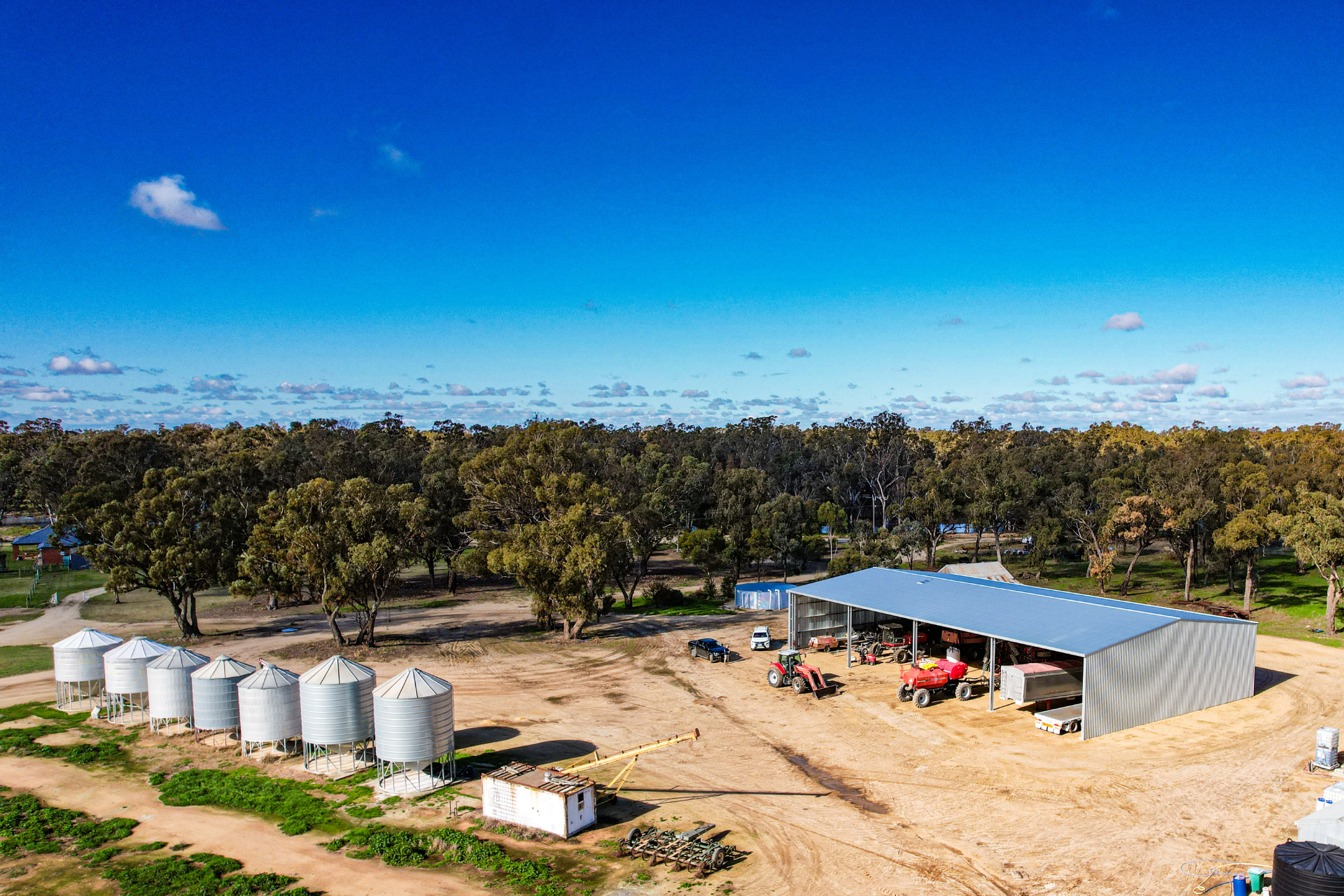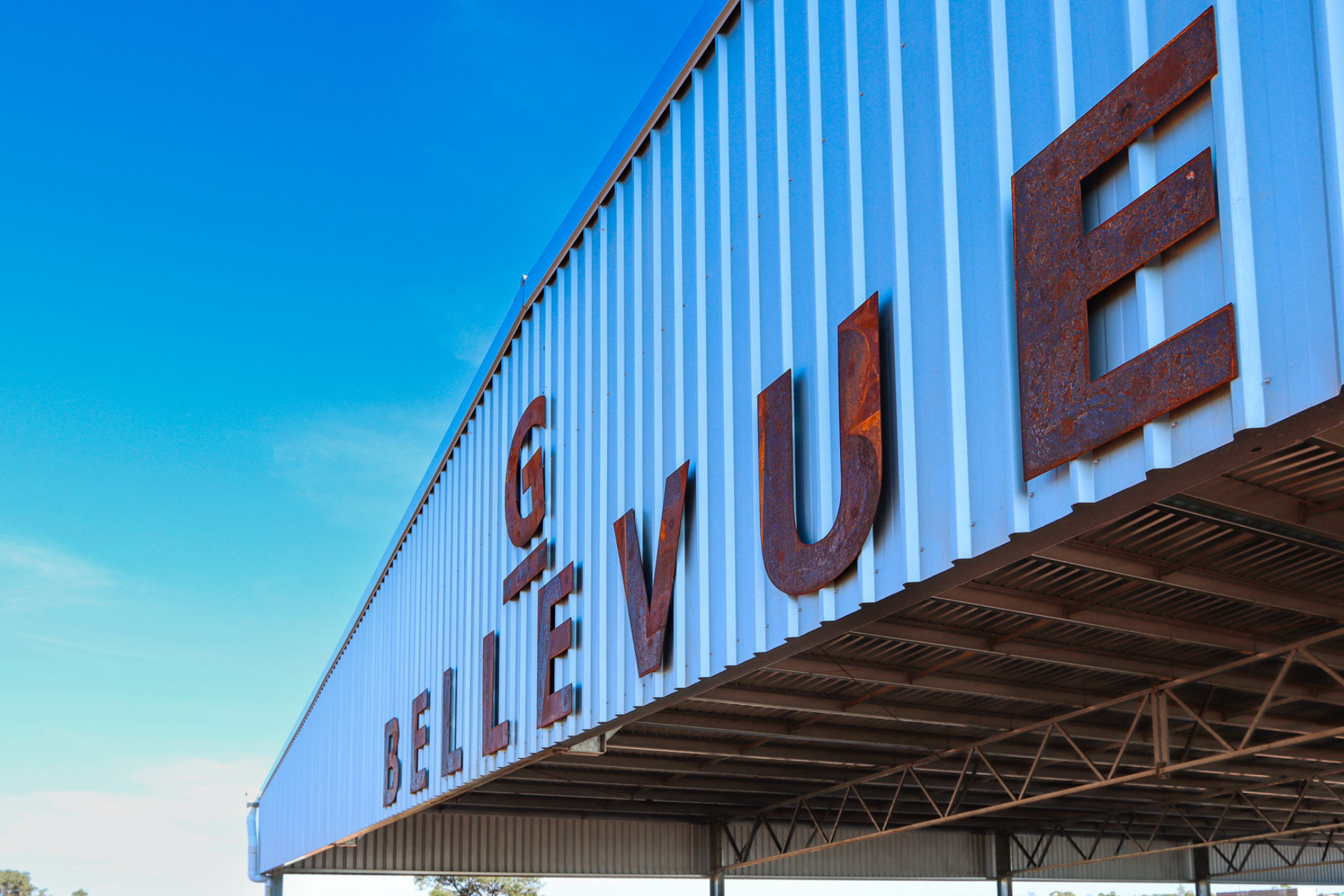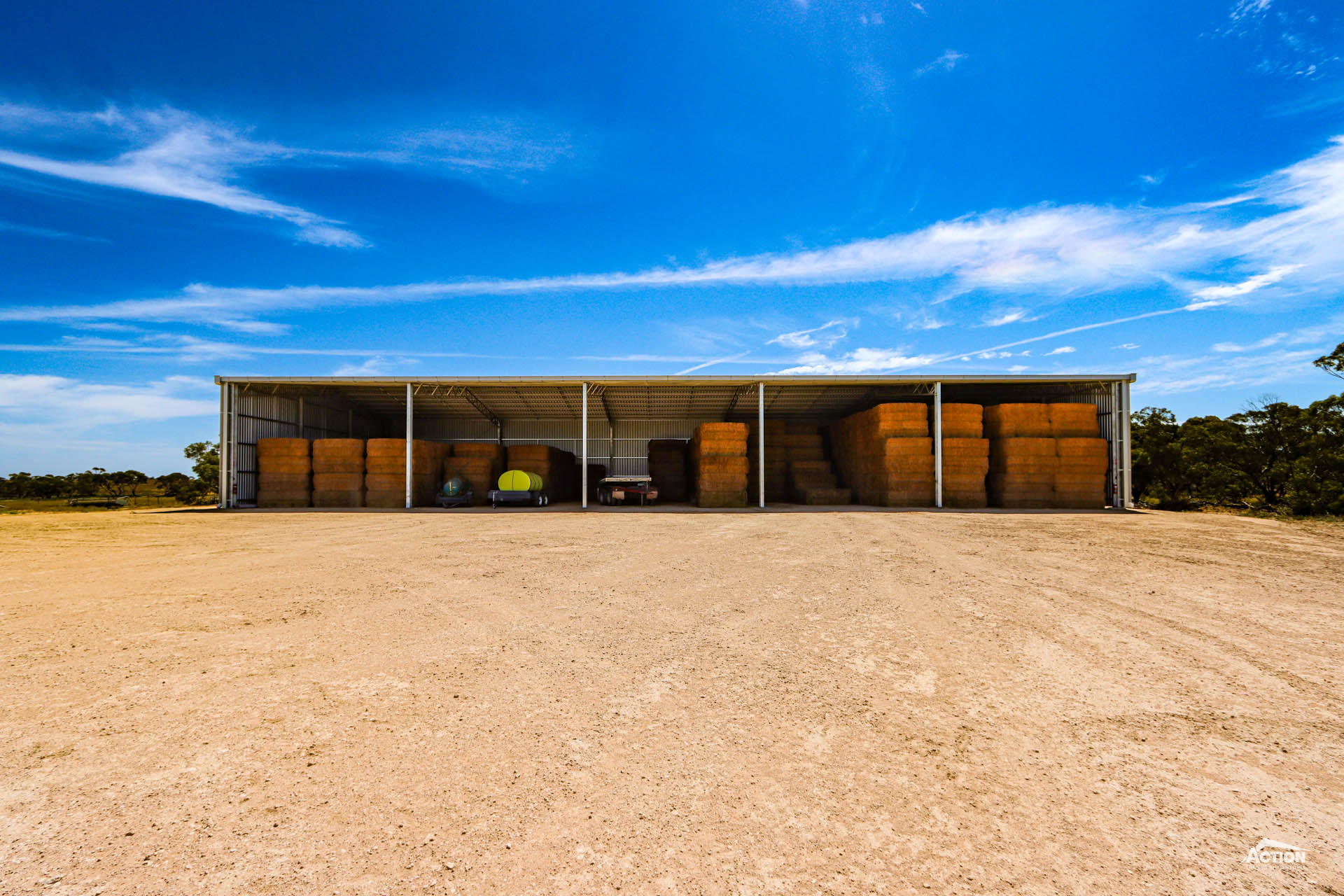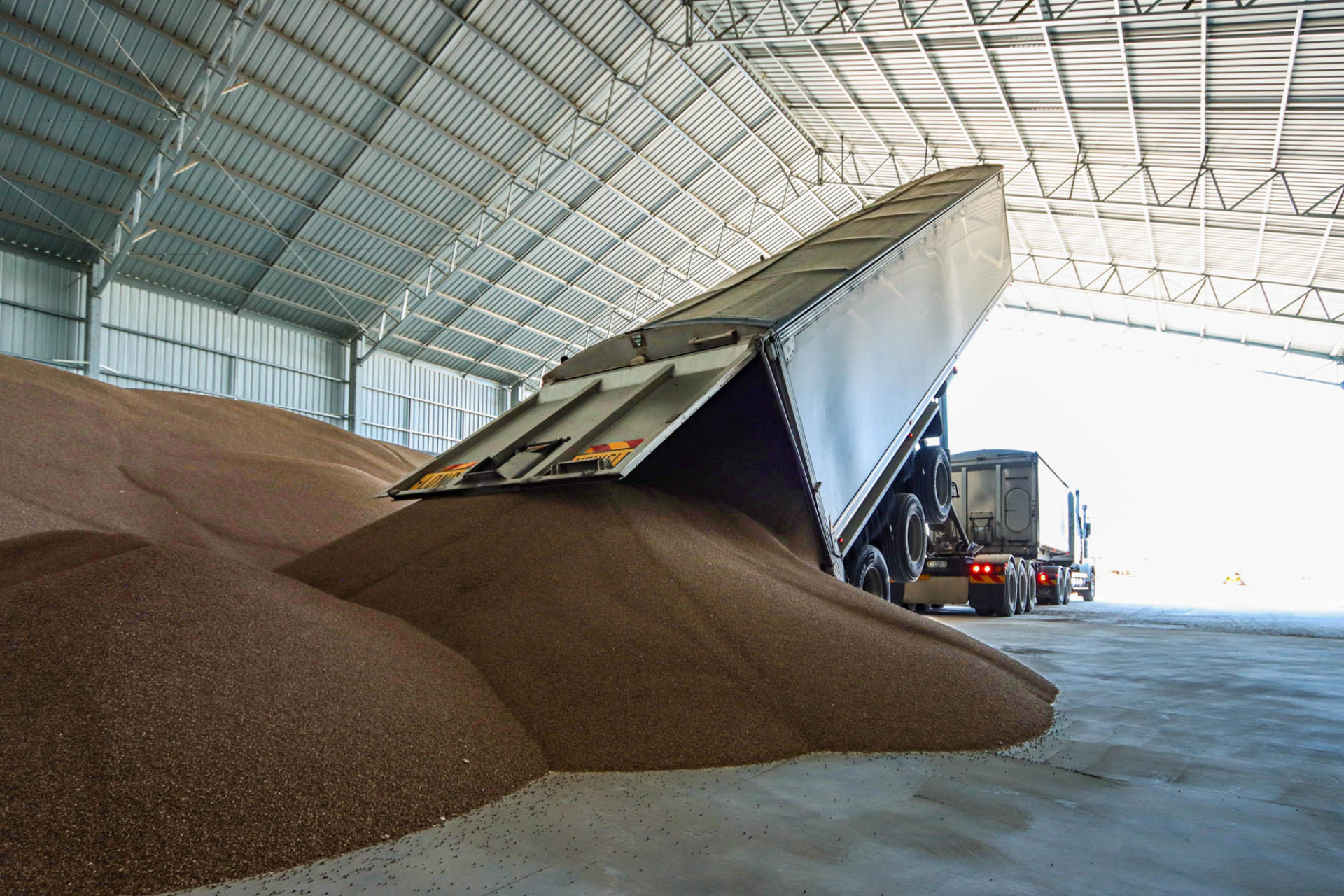There are a number of details that contribute to a cost-effective machinery shed design.
In this article we discuss each of these details and how they can be used together for your machinery shed design.
In this discussion, it is important to remember that first and foremost a shed design needs to be functional and practical. This is why we have included ways to create a cost-effective machinery shed design that also satisfies your storage requirements, delivers on functionality and doesn’t sacrifice quality.
Read on to learn about cost-effective spans and configurations and how details like height, bay spacings and canopies can be used to create cost-efficient designs.
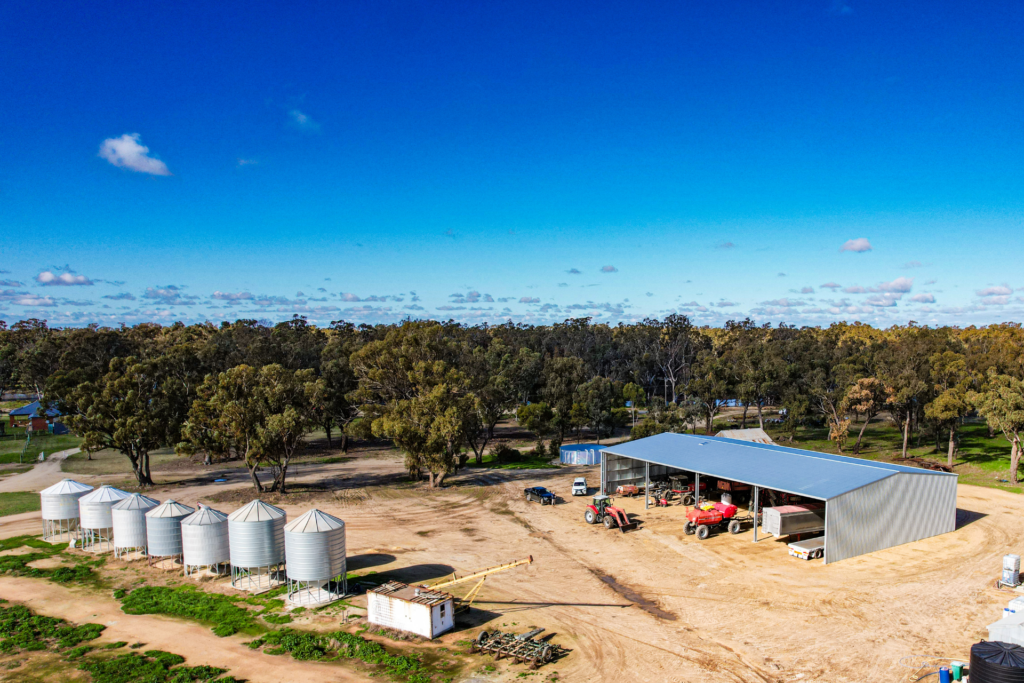
What Is The Most Cost-Effective Machinery Shed Design?
It depends!
It is important to understand that the most cost-effective design for your shed will be determined by factors like the intended use of the shed, the machinery being stored, your future plans for the shed and the site location and conditions.
The budget you are working with will also help shape the design. A cost-effective design isn’t necessarily about cutting costs but it will help you get the best value for your money – and there are several ways to do that.
There are several details that make up a cost-effective machinery shed design, and these are:
- Standard size spans
- Configurations
- Height
- Bay Spacings
- Cantilevered canopies
Designing with purpose and versatility in mind is also important.
We discuss each of these points below.
Cost-Effective Spans
Choosing a cost-effective span is an important step when creating a shed design
The best way to do this is to choose a span in the standard size range.
The standard size range is a range of practical and cost-effective span sizes. These start at 12 metres wide and increase in 3-metre increments up to 60 metres clear spans.
Popular span sizes in this range include 18 metres, 24 metres and 27 metres.
The advantage of the spans in this range is that it speeds up the manufacturing process – and time is money.
For some projects like yard covers, a standard size span may not be a feasible option – in this case, a custom span size would be used. However, for machinery shed builds there is more than likely a standard span size to suit your project.
Cost-Effective Configurations
Some configurations are more cost-effective than others, but it is important to first choose the configuration that suits your storage requirements.
Typically, the most cost-effective configuration in terms of $ per square metre is a long narrow configuration. If you are storing long machinery this could work well with a drive-through set-up.
A shorter and wider drive-through or open gable end machinery shed will also be the most cost-effective way to store wide machinery (compared to an open-front shed with wide bay spacings or girder trusses).
Having said that, a fully enclosed configuration or an open-front configuration may suit your storage requirements better.
For example, a fully enclosed configuration is the best option for safe and secure machinery storage. This design can also easily incorporate a workshop area making it a versatile investment.
Similarly, an open-front configuration is also a versatile investment and can be repurposed as a hay storage shed, or it could be retrofitted with concrete panels and a slab for grain storage.
Another option is to enclose one or more bays of an open-front shed to create a workshop area.
So, there are a few factors to consider when choosing a configuration.
Utilising Height
It is important to pay attention to the height of your shed.
A lack of height can be an incredibly frustrating design flaw as the height cannot be easily changed once the shed has been built.
When choosing the height for your machinery shed, factor in the clearance height of your current machinery, potential future machinery purchases and any doors or girder trusses being installed in the shed.
If you intend to repurpose your machinery shed for hay storage in the future, it is a good idea to make sure the shed height also works well for hay storage.
Increasing the height of your shed is relatively inexpensive and it can save a lot of frustration in the future!
If you are unsure what height your machinery shed needs to be our building consultants are more than happy to help you with this detail.
Best-Practice Bay Spacings
There are a number of bay spacing options that we recommend for machinery sheds. These are recommended because they are both cost-effective and practical. The two most popular are 8.5 metres and 9 metres.
These spacings provide “wriggle room” when loading and unloading the shed – and they also work well for hay storage, so keep this in mind if the shed could be used for hay storage in the future.
Increasing Coverage With Canopies
Cantilevered canopies are popular additions to farm machinery sheds (and hay sheds and calving shelters!) for a number of really good reasons.
One of these reasons is that installing a canopy is a low-cost way to gain additional coverage, weather protection and storage area without having to upsize the whole shed.
Canopies are also very handy, providing quick and easy shelter for machinery.
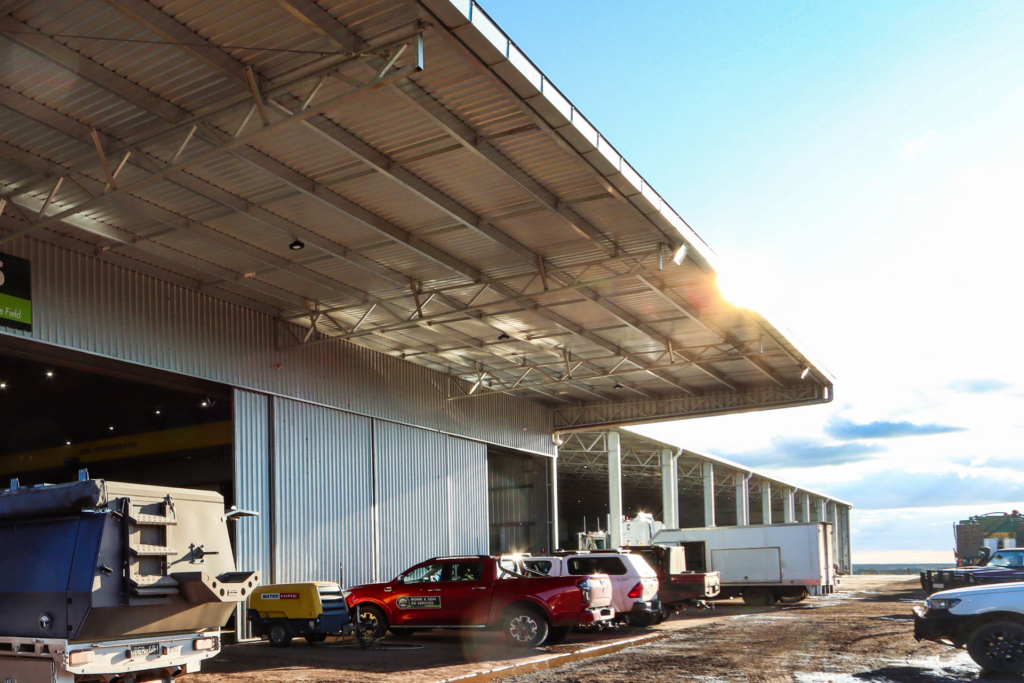
Designing With Purpose
As we have already briefly mentioned, it is important to design your machinery shed with the purpose in mind.
Is the shed purely for machinery storage? Does it need to incorporate a workshop area?
Will you be storing extra-long machinery? Or wide machinery?
Will the shed have an alternative use in the future?
All of these points will influence the design.
For example, if you have wide machinery or extra-long machinery consider a drive-through or open-gable-ended shed.
Or if you want to incorporate a workshop area an open-front shed with several bays enclosed may be the best option.
So, keep the purpose of your machinery storage front of mind when making decisions.
Creating A Versatile Investment
As we have already discussed, there are ways to ensure your machinery shed design is versatile. Creating a multi-use shed design is one way to improve the cost-effectiveness of the shed.
The main ways to do this are to choose a versatile configuration, pay attention to the height of the shed and choose practical bay spacings.
It is the configuration and these dimensions that will influence whether the shed can be easily repurposed e.g., for hay storage.
That’s a wrap on cost-effective machinery shed designs and how they can be achieved! We hope this has been an insightful discussion.
Keep reading to access more useful information and resources such as price guides and project examples.
Cost-Effective Machinery Shed Design Ideas (Gallery)
Useful Resources
- How Much Does It Cost To Build A Machinery Shed?
- Featured Project – 126-Metre-Long Machinery Workshop Shed
- Harvest Storage Guide (Brochure Download)
- Jubilee Park Testimonial Video
For more information on machinery shed prices and cost-effective machinery designs talk to one of our building consultants – they would be happy to help you!

